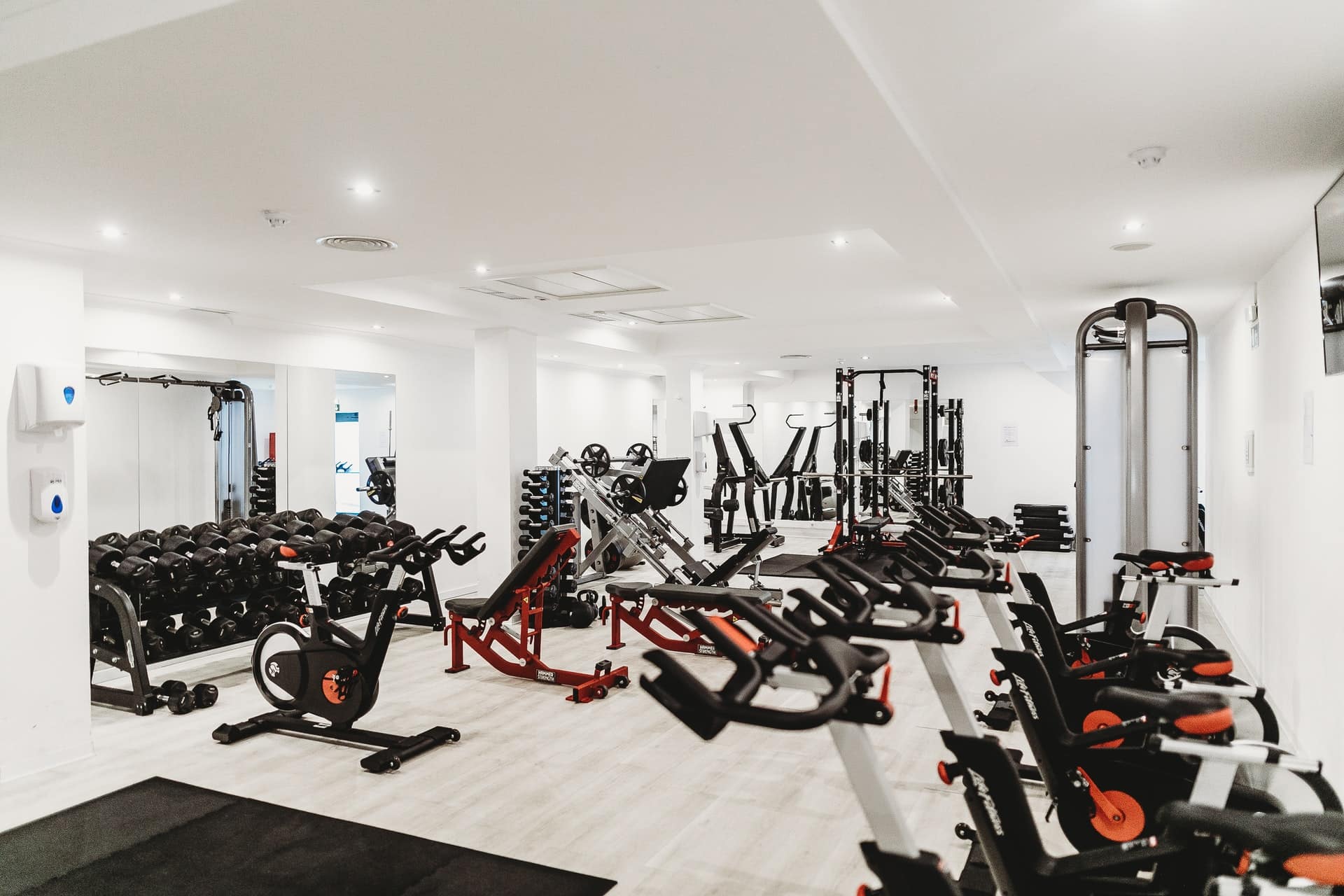
5 Great Ways to Improve Energy Efficiency in Recreational Facilities and Sports Stadiums

Many industries and sectors are extremely wasteful when it comes to energy consumption, but the sports and fitness sectors are among the most wasteful of the bunch. This is especially true for sports halls and fitness centers that operate throughout the day and well into the night, not to mention the facilities and open stadiums that operate on a 24/7 basis, allowing gym-goers to use their equipment and entire sports teams to practice whenever they want. While this does go a long way in terms of overall convenience and ease of use, it definitely takes a big toll on energy savings.
Given the fact that sports facilities and stadiums are in use almost all the time, administrators and top-level managers need to find ways to reduce energy use in order to aid the preservation of the environment and reduce operating costs to create a more sustainable business model. With that in mind, let’s delve into the best ways leaders can improve energy efficiency in recreational facilities and sports stadiums.

Control and scale ventilation and air conditioning
Starting off with ventilation and air conditioning, this is an air quality management system that you have to keep running at all times in order to maintain air quality, filter out the pollutants and pathogens, and simply preserve an enjoyable fitness environment for everyone. This is also a system that can severely drain your financial resources and put a heavy strain on your power supply, especially if you are running a capacious sporting facility with a lot of square footage.
Filtering all that air and ventilating the entire space can be a difficult task, and even though you need a complex HVAC system, that doesn’t mean that you should let it use more energy than necessary. Given the fact that poor maintenance alone can cost you a 60% decrease in energy efficiency, ensure regular maintenance. What’s more, be sure to inspect the system as a whole at least once a year to prevent major breakdowns, and in order to upgrade wasteful parts and mechanisms to save more power.

Use energy-efficient equipment
One of the essential rules you should adhere to when trying to elevate energy efficiency in your fitness center or sports venue is to always look for equipment and appliances with the highest energy saving potential. This is the same rule that applies to conserving energy at home that states that you should upgrade old appliances to contemporary models, look for the Energy Star rating on the product, and regularly assess the average energy consumption of every individual piece of equipment.
Every exercise machine that consumes power is a potential energy leak, and the same goes for every appliance and vending machine that’s plugged into a power outlet. It might seem like a big investment, but if you commit to slowly upgrading one appliance at a time, you will eventually create a more energy-efficient system.

Focus on lighting efficiency
Of course, probably the most wasteful element in the entire facility is the lighting. Lighting is absolutely essential for safety and visibility on the field, not to mention that it helps maintain the ambiance in a fitness center and can significantly impact the happiness and satisfaction of your visitors. That said, your lighting scheme can exhaust your financial resources rather quickly if you don’t upgrade to an energy-efficient system.
Having durable and energy efficient LED floodlights for sport fields lighting is paramount for improving the longevity of your lighting scheme as a whole, and it can greatly reduce energy consumption when paired with programmable lighting and motion sensors, for example. LED lights are particularly beneficial for larger venues, while LED floodlights are excellent for illuminating the entire sports field to maximize visibility and safety.

Educate staff and visitors on energy conservation
These solutions will help you conserve energy, yes, but you can’t hope to maximize efficiency without the help of the people that are using your facility on a daily basis. Education is the foundational element of conservation and sustainability in the modern world, which is why you have to take that extra step to educate your visitors on the proper use of all equipment and appliances across the facility. Focus on delivering a powerful message of how they can contribute and how conservation can benefit them and their loved ones.
Introduce passive conservation features
Last but not least, one of the best ways to elevate energy efficiency is to introduce passive conservation features that will prevent excessive energy use and help lower your overall carbon footprint. For example, you can significantly reduce your HVAC use by insulating the floors, walls, and ceiling of your facility. You can do the same for the windows to prevent heat from escaping during the cold winter months, while preventing the heat from penetrating the interior during the summer as well.
Wrapping up
The fitness and sports industries are among the biggest energy wasters in the world. While it is understandable that running a sports facility requires plenty of power, that doesn’t mean that it should waste more energy than necessary, so be sure to use these solutions to achieve higher energy efficiency and boost your financial savings while helping the environment.




Post a comment